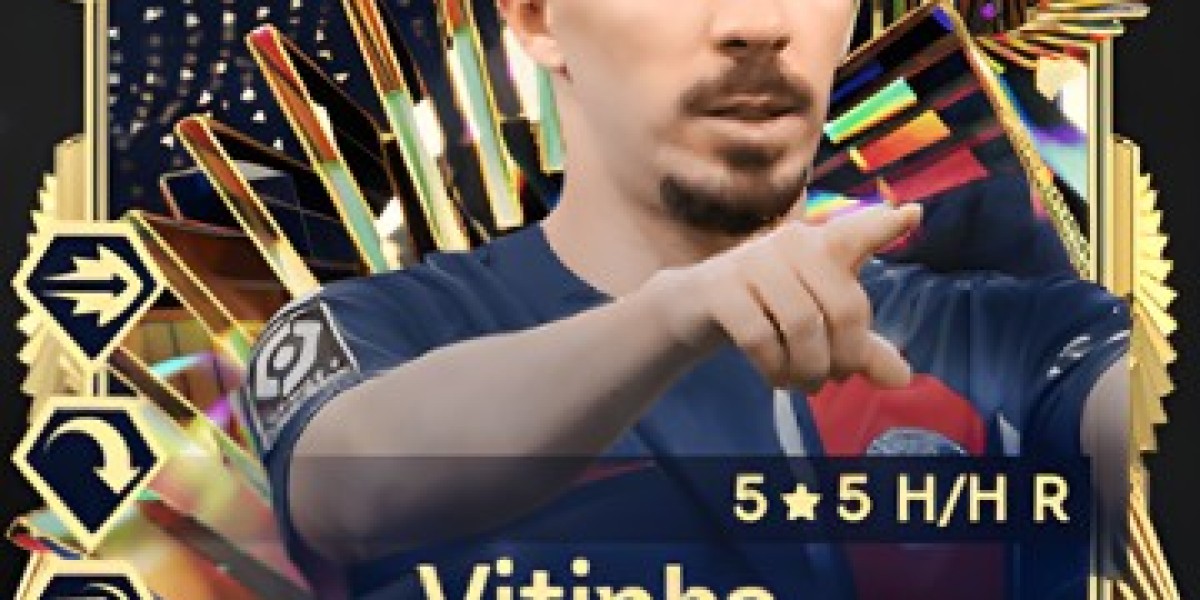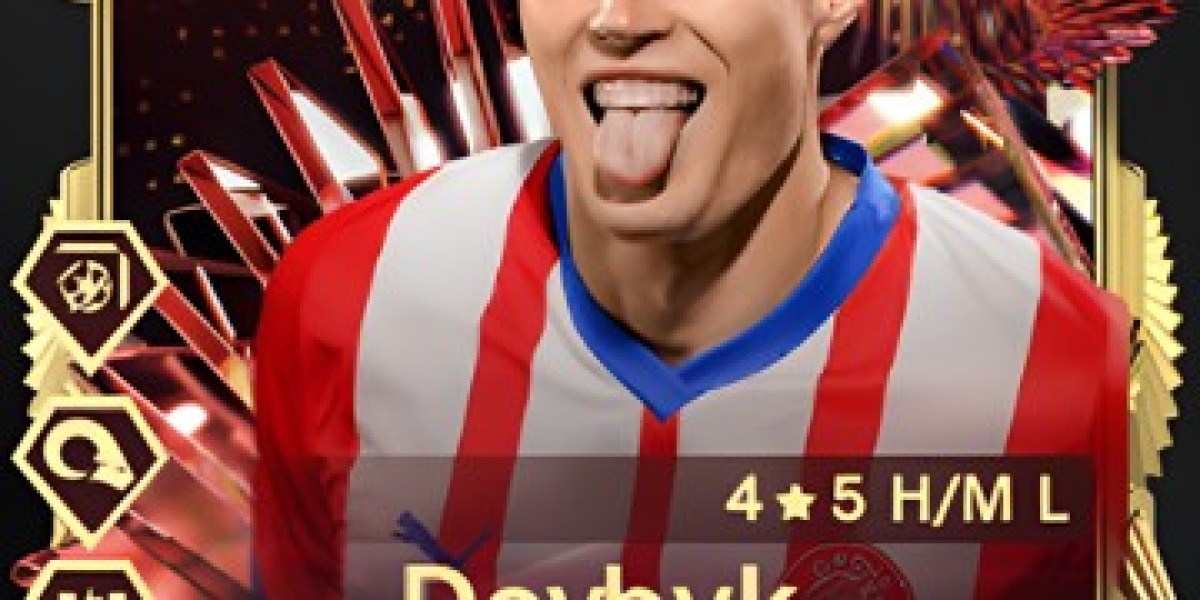
After finishing The Platform 2, I was left both intrigued and bewildered. To unravel the complexities of the film, I realized that revisiting the original was crucial.
Having done so, I'm pleased to report that my confusion levels remain relatively unchanged. Nevertheless, I'll attempt to break down the narrative and provide some clarity.
From a recap of the climactic final scenes to theories surrounding the enigmatic children on the slide, here's an (attempted) explanation of The Platform 2's ending. For a deeper dive into the world of The Platform, check out computerstechnicians for more insights.
Unpacking The Platform 2: A Dystopian Thriller
The Platform 2 takes place within the same universe as its predecessor, primarily unfolding within the same dystopian vertical prison. The core concept remains intact: a platform laden with food descends cell-by-cell from top to bottom each day. In theory, there's sufficient sustenance for each level, provided individuals adhere to their pre-selected meal choices. However, human nature intervenes, and chaos ensues.
In contrast to the brutal, every-man-for-himself atmosphere of The Platform, the sequel introduces a new era in the prison. Inmates have established a strict, self-regulated system to ensure maximum sustenance distribution: each individual consumes only their designated food, with severe penalties for non-compliance.
The Climactic Conclusion: A Fight for Survival
As Perempuán (Milena Smit) navigates the prison, she becomes increasingly aware of the ruthless nature of this “law.” Initially, she participates in and enforces it, but after falling victim to an arbitrary punishment at the hands of the tyrannical Dagin Babi (Óscar Jaenada), she begins to challenge the system.

Rather than conforming to the system, Perempuán decides to execute the escape plan devised by her deceased cellmate (Natalia Tena). The plan involves exploiting the prison authorities’ use of a sevoflurane gas variant during monthly cell rearrangements. “When we smell the gas, that’s the moment,” she was told. “If everything goes well, they’ll think we’re dead. But we’ll wake up. We’ll let them take us out from the top, with the corpses, and then…we’ll have to improvise.”
Following the brutal demise of Babi and his cohorts, Perempuán ingests a mysterious substance that serves as a makeshift respiratory aid, rendering her unconscious. She awakens again during the monthly rotation, as the prison hovers in a state of weightlessness, swarming with guards. Amidst a gruesome pile of corpses being transported to the depths of the pit, Perempuán catches sight of a young child confined to the lowest cell, number 333. Undeterred, she resolves to risk her own life to rescue him.
What is the connection between The Platform 2 and the original?
One of the most striking revelations in The Platform 2 is the arrival of a familiar figure: Trimagasi (Zorion Eguileor), who initially appears in the original film as the first cell mate of the main protagonist, Goreng (Ivan Massagué). In The Platform, Trimagasi has already been incarcerated for nine months. At one point, he reveals to Goreng that he began on level 72, which is precisely where we find him and Perempuán when she regains consciousness after her previous cell mate is killed by Babi.
The immediate inference? The Platform 2 is not a sequel, but rather a prequel. Based on the timeline provided by Trimagasi to Goreng in the first film, it appears that the events of the second film unfold approximately a year prior to those of the original.
The connection to The Platform extends beyond this point. As the end credits of The Platform 2 roll, we are presented with a scene from the first movie: Goreng and Trimagasi conversing in the endless darkness beneath the platform’s lowest level. In the final moments of The Platform 2, Goreng turns upon hearing Perempuán’s voice.
“You,” she says. “What brings you here?”
The two share a tender moment, and tears well up in her eyes. It becomes clear that they were acquainted outside the prison walls. The implication, perhaps, is that Goreng was the partner Perempuán mentions in her account of life before the pit.
Does Perempuán survive?
Although it is not explicitly stated, it is highly likely that Perempuán meets her demise at the end of The Platform 2. During her valiant attempt to rescue the child, she repeatedly strikes her head against the concrete prison walls while trying to ascend, resulting in significant blood loss.
In the movie’s final sequence, she descends into the dark abyss below the pit, accompanied by the child, where other deceased characters await her arrival.

“Only they can ascend,” a woman whispers to her, hinting at the child's fate. “Your journey has reached its conclusion, but he will have another chance.”
Given that Perempuán’s deceased cellmate Zamiatin (Hovik Keuchkerian) is also trapped down there, it appears to imply that the dark void beneath the prison represents the abyss of mortality. In reality, we can assume Perempuán met her demise while floating upwards through the prison. However, her mission to rescue the child and atone for past transgressions was successful.
Unraveling the Enigma of Children at Play
Scattered throughout The Platform 2 are sequences featuring children engaged in a game of tag on a stone pyramid with steps and a slide. Initially, the play is structured and organized, but it eventually degenerates into tears as the children struggle for dominance. Ultimately, they fight and claw at each other to reach the pinnacle of the pyramid. The child who reaches the highest point is whisked away by two adults and later placed into cell 333 by the prison authorities. This is the little boy Perempuán saves.
In the original movie, Goreng also discovers a child at the very bottom of the prison. Like Perempuán, he saves the child’s life, later referring to her as a “message”.
So, what exactly is the significance of these children? Why are they being placed into the pit’s lowest level? And are they even real, or merely a product of the characters’ fevered imagination?
Obviously, this aspect is open to interpretation, but if we had to speculate, we’d say the children on the pyramid serve as a potent metaphor for the prison, which in turn acts as a scathing critique of society. The prison in The Platform 2 begins with some semblance of structure before descending into chaos; so too do the children playing on the slide. And ultimately, even though they’re all struggling to climb the pyramid, there’s no real reward awaiting them — in fact, for the child that reaches the very top, it’s the opposite. Like the prison system itself, the message here seems clear enough: Societal power structures are inevitable, and also incredibly damaging.
Which is all very well and good, but do these children actually exist? Are they really being put in the prison, or are they part of the other characters’ dying hallucinations? At the end of the first film, this is harder to say for certain. By the time Goreng finds the little girl, he’s badly hurt, and it’s possible she’s only really there in his mind. The Platform 2, however, seems to suggest — mainly through what Perempuán sees when she regains consciousness during the prison changeover — that children really are being taken and placed in level 333. Why, though? What’s the purpose of the prison placing them there, especially at a level where they have barely any chance of survival?
In the twisted logic of the pit, the children may represent a potential path to redemption for the inmates. The Platform 2 suggests that adults who find themselves trapped in the pit have little to no chance of escape. Yet, by introducing an innocent life that needs saving, the pit may be offering them a chance to break free from their own inner turmoil, providing a motivation for selfless sacrifice.
The Platform 2 is now streaming on Netflix.








